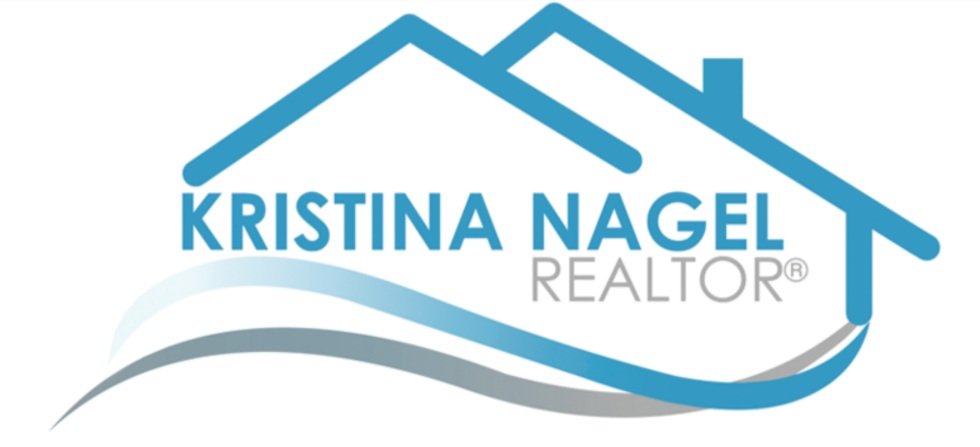How to Fire-Harden Your Home
Did you know embers are the most dangerous part of a wildfire?
Carried by the wind, embers can land directly on your house and ignite it, even when the full blaze seems to be a safe distance away.
That means when it comes to fire safety, you have to consider every inch of your house as a potential vulnerability. But there are steps you can take today to protect your home and your family to make sure each and every part of your home is “hardened” in preparation.
FIRST, ADDRESS THESE VULNERABILITIES:
Consider re-roofing a roof built with shingles or wood. Use materials with a Class A fire rating, such as composition shingles, tile or steel.
Inspect for and cover up any gaps in the roof to prevent falling embers from entering the house.
Cover up any open vents, including chimneys, with 1/8” mesh to keep out falling embers. Move any combustible items away from the vents, both inside and outside.
Consider remodeling wooden walls with ignition resistant materials such as stucco, fiber cement or fire-retardant-treated wood.
Cover up rain gutters with screens to prevent leaves from accumulating.
Ensure that the only plants within 30 feet of the house are small, well-pruned plants with high moisture content. Ideally, there should be no vegetation within five feet of the property.
Source: CAL FIRE
Install multi-paned, tempered glass to reduce the chance of windows breaking due to the heat of a fire, which then creates opportunities for embers to enter the house.
Make sure the home’s address is clearly visible from the street, which will make it easier for emergency vehicles to find the house.
Purchase at least one fire extinguisher for the house — two if there is a detached garage.
STAY ON TOP OF ONGOING MAINTENANCE:
Regularly clean out rain gutters.
Remove dead plants or dry leaves from the property and regularly trim trees that come close to the house.
Clean outdoor decks to remove leaves that get trapped between deck boards.
Check fire extinguishers annually to be sure they have not expired.
Ensure the driveway and local access roads are in good condition.
Do You Know Your Wildfire Readiness?
Take a survey on wildfire readiness here.


